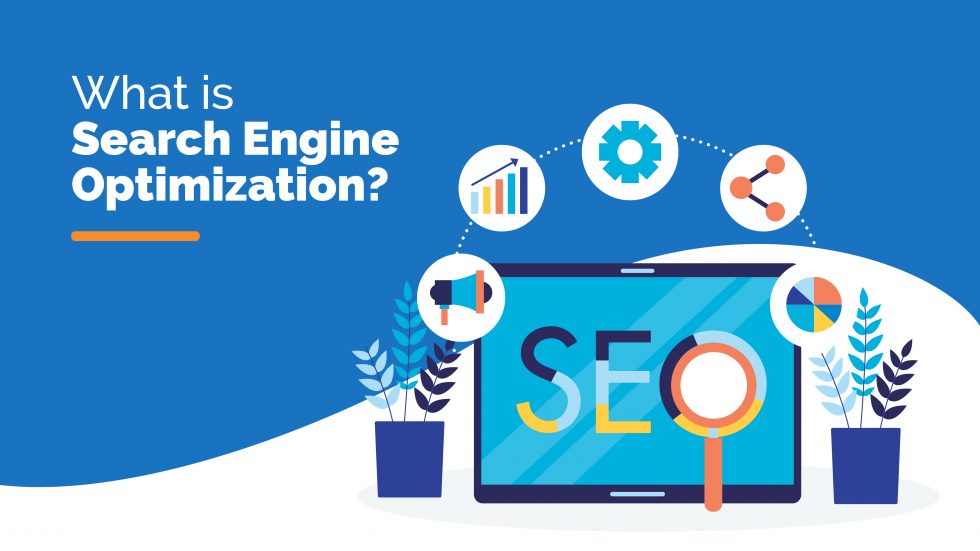Learn what a dynamic website is and why it’s essential for growing brands. Discover how dynamic content, scalability, and backend control help boost user engagement and business growth.
 Images by @Techzex
Images by @Techzex
What is a Dynamic Website? Why It’s the Smart Choice for Growing Brands
In the modern world of digital marketing and online business, having a website is no longer optional—it’s a necessity. However, the type of website you choose can have a significant impact on your brand’s online presence, customer engagement, and growth potential. One of the most popular options for businesses today is a dynamic website. But what exactly is a dynamic website, and why is it the smart choice for growing brands?
What is a Dynamic Website?
A dynamic website is a site that displays content that can change or be customized in real time based on user interaction, data input, or other factors. Unlike static websites, which have fixed content that remains the same for every visitor, dynamic websites are highly interactive and provide a personalized experience for users.
These websites are built using server-side technologies such as PHP, JavaScript, ASP.NET, or Content Management Systems (CMS) like WordPress, which allows for the creation of content that can be updated or displayed differently for each visitor.
Key Features of Dynamic Websites:
- Content Personalization: Based on user preferences, location, or behavior, the website content adapts accordingly.
- Interactive Features: Includes forms, live chats, user accounts, and feedback systems.
- Real-Time Updates: The content on a dynamic website can be updated in real-time without the need to manually change the entire webpage.
Why a Dynamic Website is the Smart Choice for Growing Brands
- Enhanced User Experience
Dynamic websites allow brands to create a personalized experience for visitors. When users visit a website and see content tailored to their interests, preferences, or past behaviors, they are more likely to engage with the content and, in turn, take actions like subscribing, purchasing, or contacting the business.
User-Centric Design: A dynamic website uses data such as cookies, location, and previous interactions to offer a more personalized user experience. This means your visitors are more likely to find relevant content faster.
- Increased Engagement
With interactive features such as comment sections, live chat, polls, and feedback forms, dynamic websites offer higher levels of engagement. These features not only keep visitors on the website longer but also allow businesses to interact with their audience in real time, fostering a stronger relationship.
Live Interactions: A dynamic site can incorporate live chat support, helping customers solve problems or answer questions instantly, improving customer satisfaction.
- Real-Time Content Updates
One of the major advantages of dynamic websites is the ability to update content in real-time. Whether you want to change a product listing, post new news, or publish a blog, you can do it without having to redesign the entire page.
Instant Content Updates: Businesses can keep their content fresh and relevant without the need for expensive or time-consuming updates. For example, an e-commerce website can update product availability, pricing, or promotions on the fly.
- Better SEO Capabilities
Search engines like Google prioritize websites that regularly update their content and provide relevant, user-focused material. Dynamic websites make it easier to optimize content for SEO by allowing frequent updates, fresh blog posts, and product descriptions, which help improve search engine rankings.
Search Engine Optimization: By constantly updating your website’s content and structure, you can improve your search engine rankings and attract more organic traffic.
- Scalability for Future Growth
Dynamic websites offer scalability, which is essential as your business grows. You can easily add more features, integrate new technologies, and update content across your entire site without a complete overhaul. As your brand expands, a dynamic website can evolve to meet your growing needs.
Scalable Solutions: You can add new pages, features, or entire sections to your dynamic website as your business grows, allowing you to keep up with increasing customer demands and new opportunities.
- Integration with Other Systems
Dynamic websites can integrate with other business systems such as CRM, ERP, and marketing tools, streamlining operations and improving efficiency. This integration allows businesses to automate processes such as email marketing, customer relationship management, and inventory tracking.
Seamless Integration: With a dynamic website, you can integrate e-commerce platforms, payment gateways, and analytics tools to create a more cohesive business ecosystem.
Conclusion: The Future is Dynamic
For growing brands, a dynamic website is more than just a trend—it’s an investment in future growth. With the ability to provide a personalized experience, real-time updates, and enhanced user engagement, dynamic websites are a must-have for businesses looking to stay ahead in the competitive digital landscape. Whether you are a small startup or an established brand, adopting a dynamic website can help you meet your customers’ evolving needs and position your business for long-term success.
If you're ready to create a dynamic website for your business, Techzex Software Pvt Ltd can help you design and develop a site tailored to your unique needs. Our team of experts will work closely with you to create a scalable, interactive, and SEO-optimized website that will enhance your brand’s online presence and drive growth.



_504015.png)

